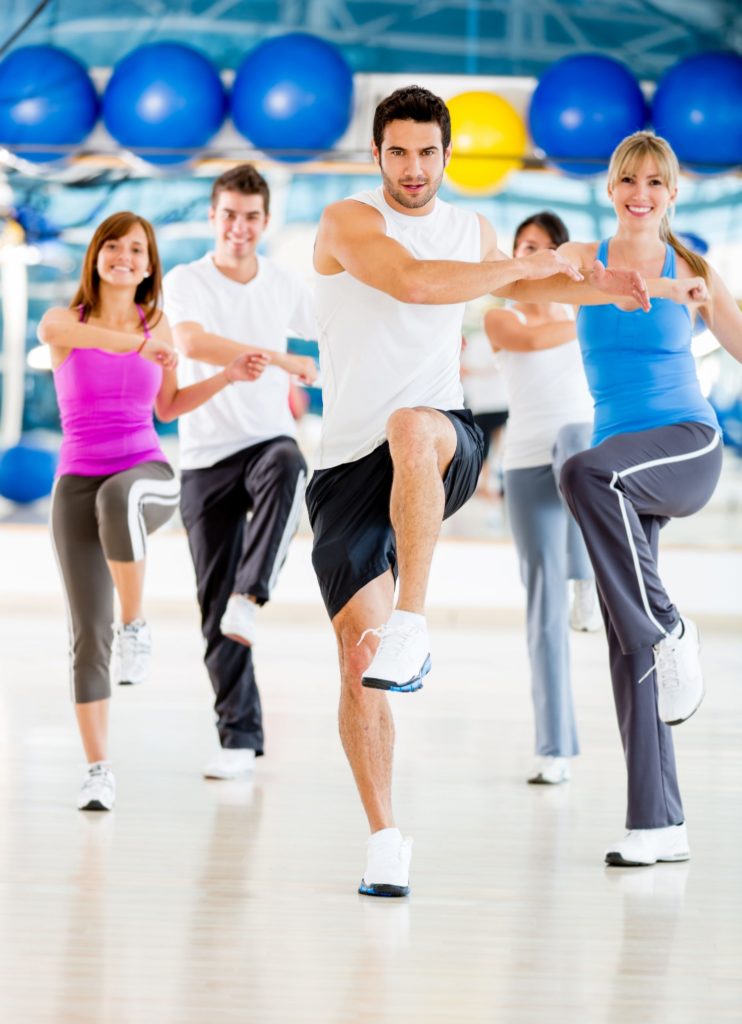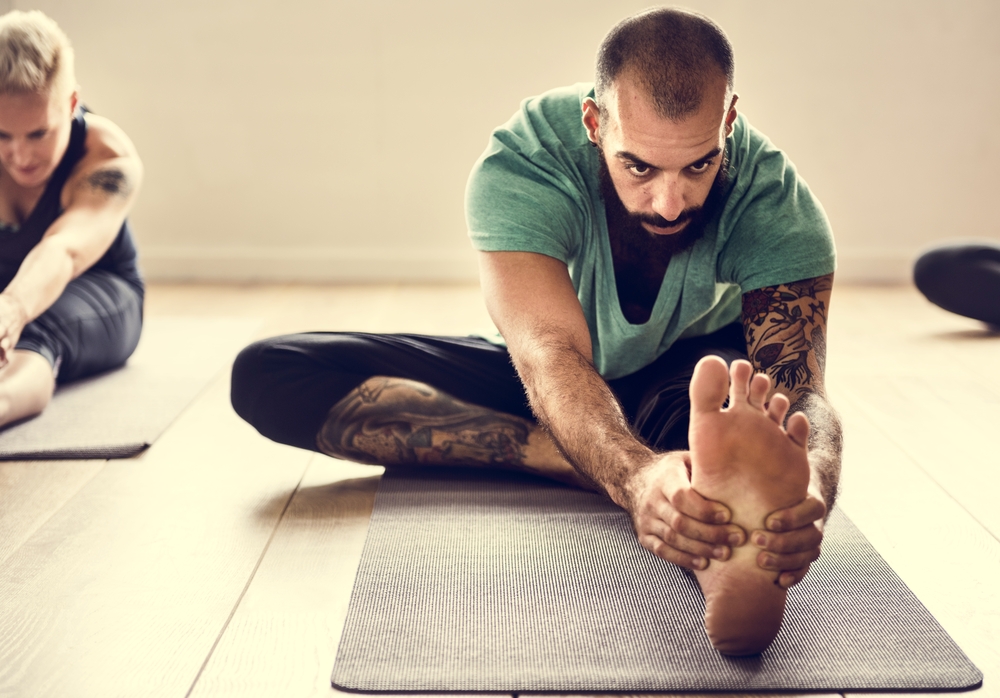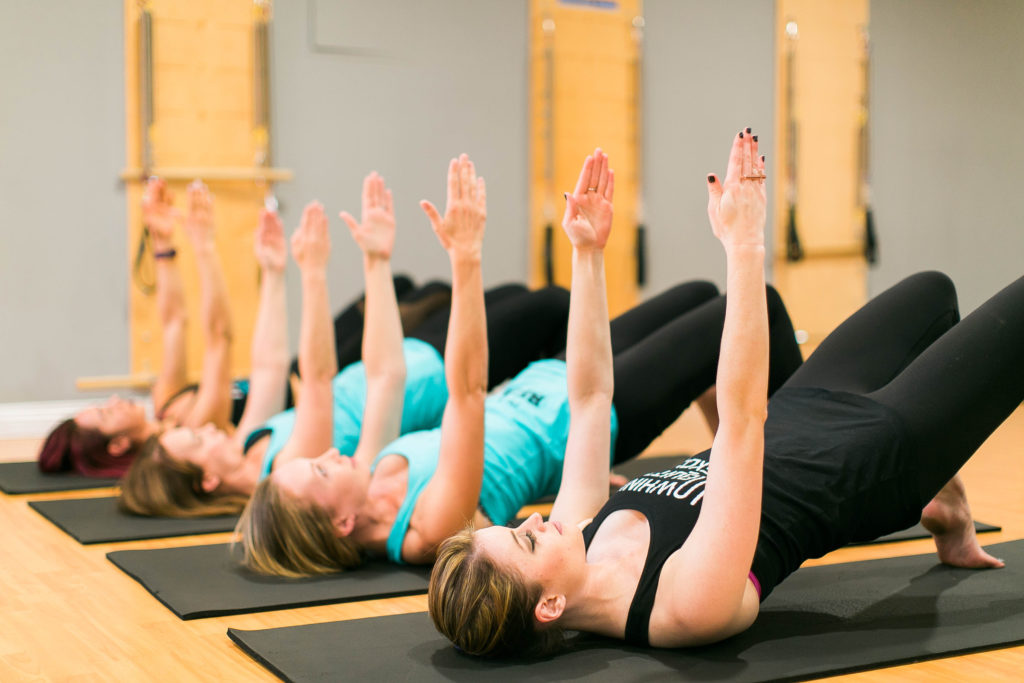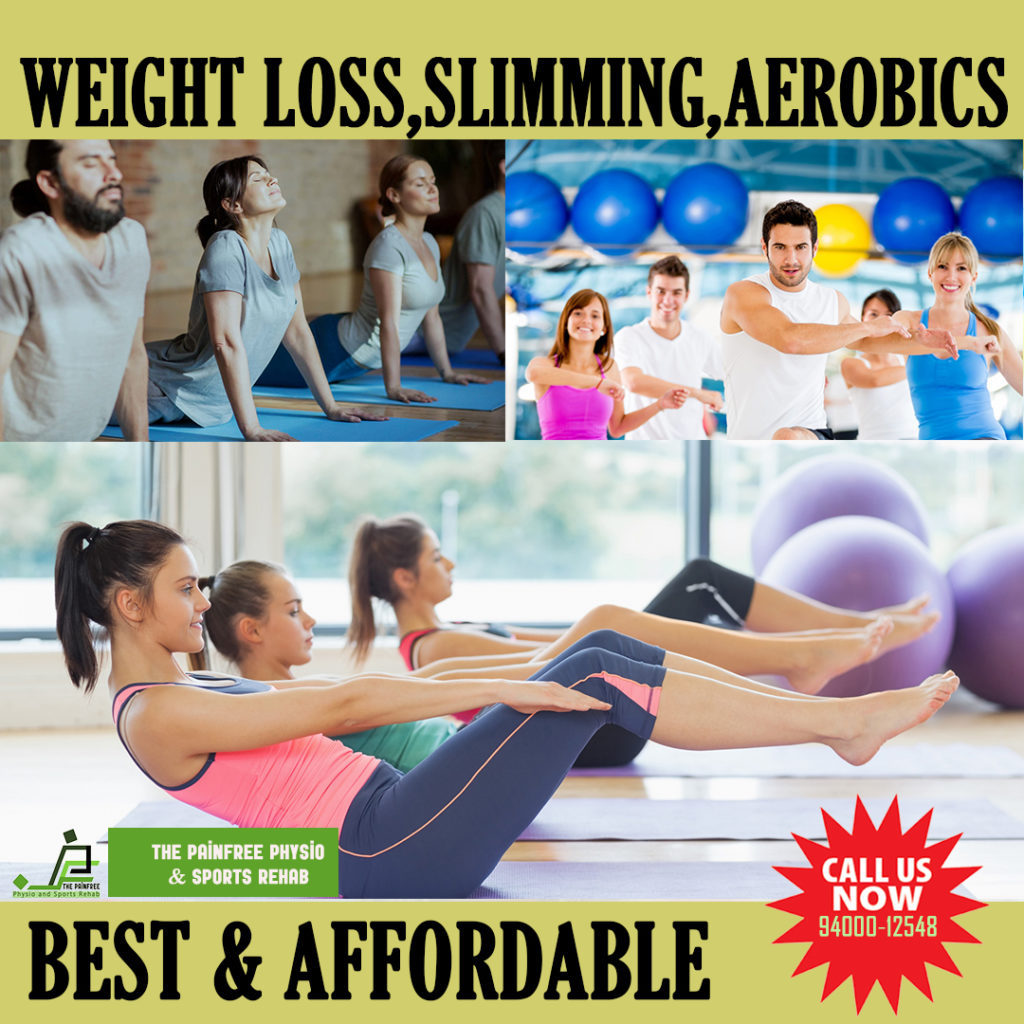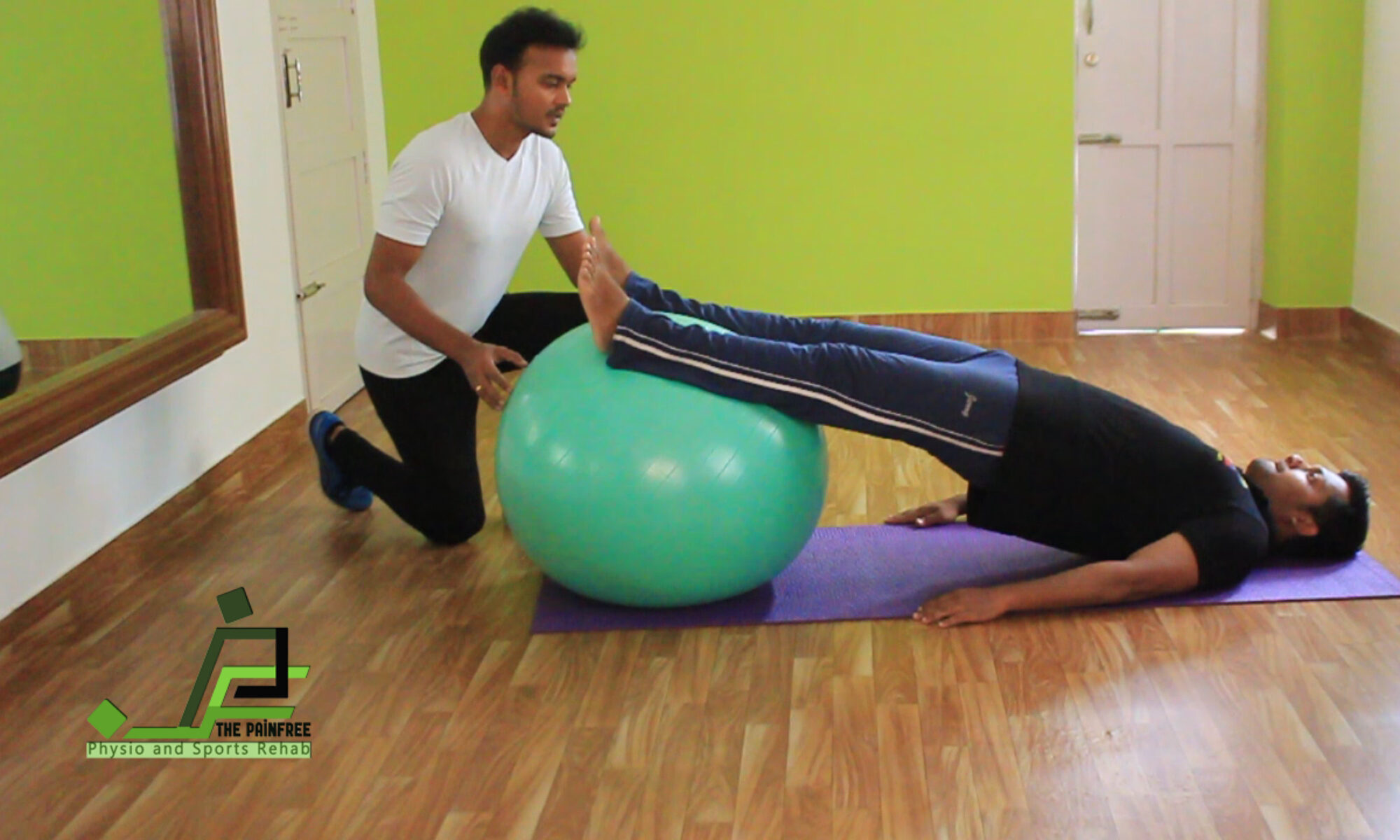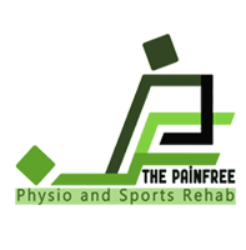Popular wellness programs in our center are:
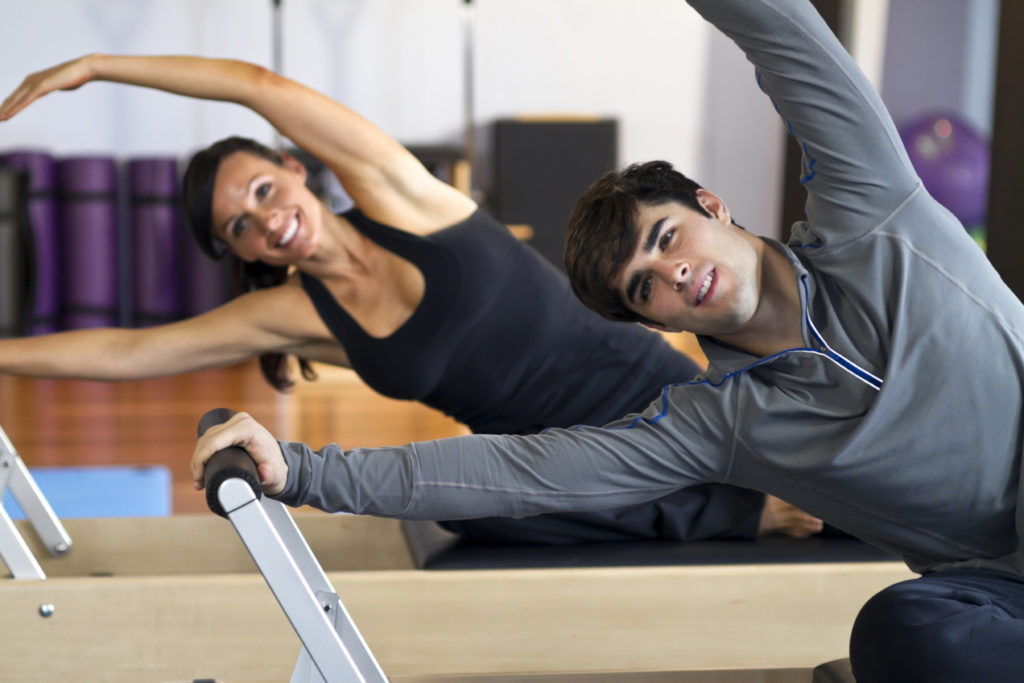
The Painfree Physio & Sports Rehab in Trivandrum offers various wellness programs individually tailored to meet various requirements which includes-
Medical Strength & Conditioning Program
What are Medical Strength and Conditioning programs?
MSCP is a revolutionary total body rejuvenation exercise program designed by The Painfree Physio & Sports Rehab Team.
The Program includes PIlates, Modified Yoga and medical exercises carefully selected to prevent new age posture related issues like Back pain, Neck pain, Arthritis, Sleeplessness, overweight and so on.
Advantages of MSCP
- -Improves your flexibility.
- Reduces body pain and related lifestyle diseases
- Perfects your posture and gives good body shape.
- Promotes weight loss, Increases your blood flow & improves skin tone.
- Improves immunity
- Improves muscle strength
- Integrated Pilates, Yoga, Core and high-intensity Sports training.
- Customized program based on the postural evaluation, medical and physical tests
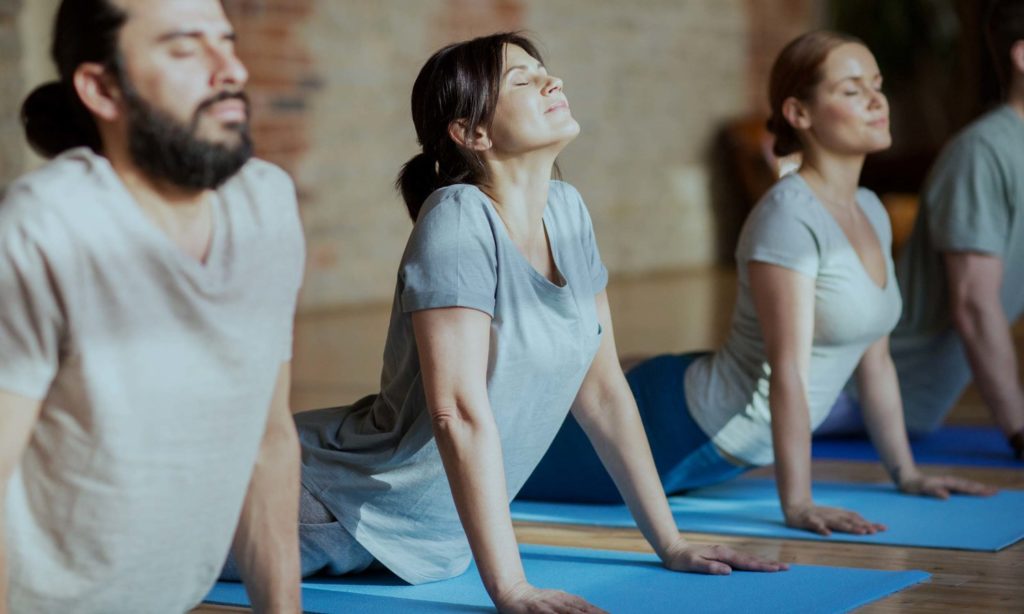
What is Physio Pilates
Physio Pilates is a powerful rehabilitation and body conditioning programme combining the extensive understanding of body biomechanics from the Physiotherapy discipline with the popular exercise routine of Pilates.
Highly specialised and personal core stability programmes are conducted by experienced physiotherapists trained in clinical Pilates.
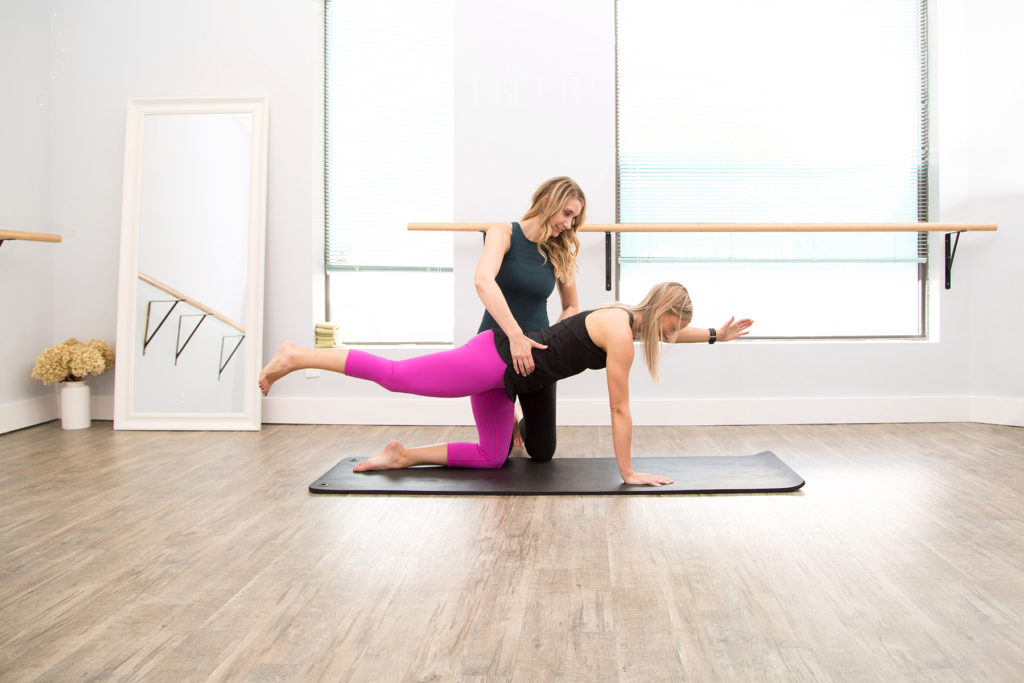
The 6 principles behind how does Pilates work
Concentration
A greater focus on the movement increases your body awareness
Control
Optimal technique is safer, will activate the right muscles and will produce more effective results
Centring
All movements begin within the core musculature and activating specific muscles in sequence improves effort efficiency
Conscious breathing
Bringing rhythm of your breath into each movement helps you maintain focus and activate deep stabilising muscles
Core alignment
Good posture is the backbone of health and is achieved through neutral alignment from head, neck, spine and pelvis through to your feet
Coordination
Repetition allows your brain to learn the correct way to move. Pilates is about smooth and continuous movement creating synergy between mind and body
What Are The Benefits Of Pilates With A Physio?
Led by an expert of the human body and injury processes
Small group classes offer greater individual attention
Higher chance of gaining maximum potential benefits
Regain lost movement from previous injury
Reduce aches and pains
Help prevent future injury
Why is Pilates good for you?
A proven exercise system
Joseph Pilates is believed to be the pioneer behind its development as early as the 1920’s and was considered a master of rehabilitation. What Pilates does for you today is maximised by bringing this age old wisdom and proven technique together with our modern understanding of the human body, muscle function and biomechanics, resulting in a very effective total-body conditioning programme.
Increases core strength
Is low-impact on the joints
Improves postural problems
Improves circulation
Improves balance and coordination
Heightens body-awareness and self-confidence
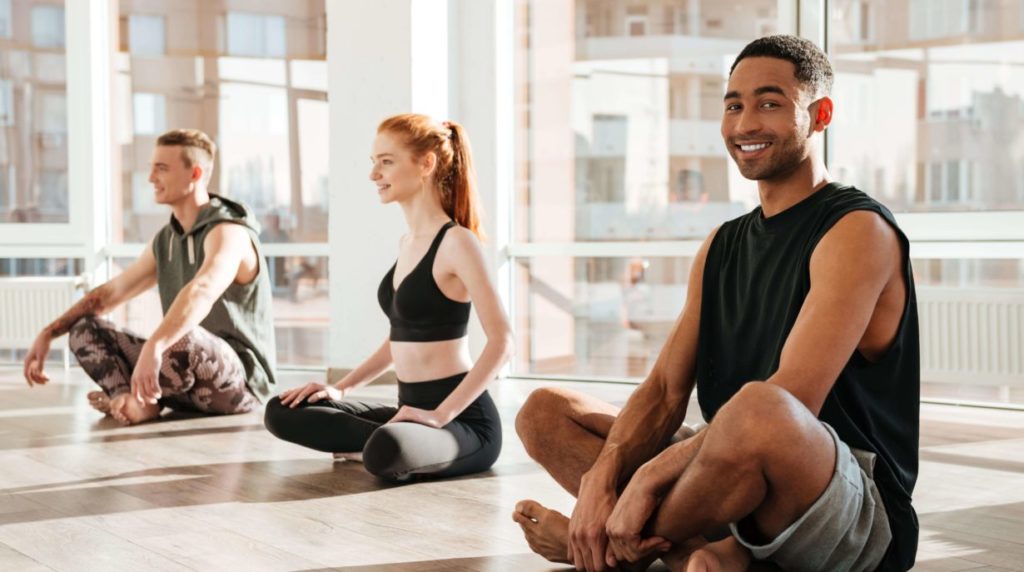
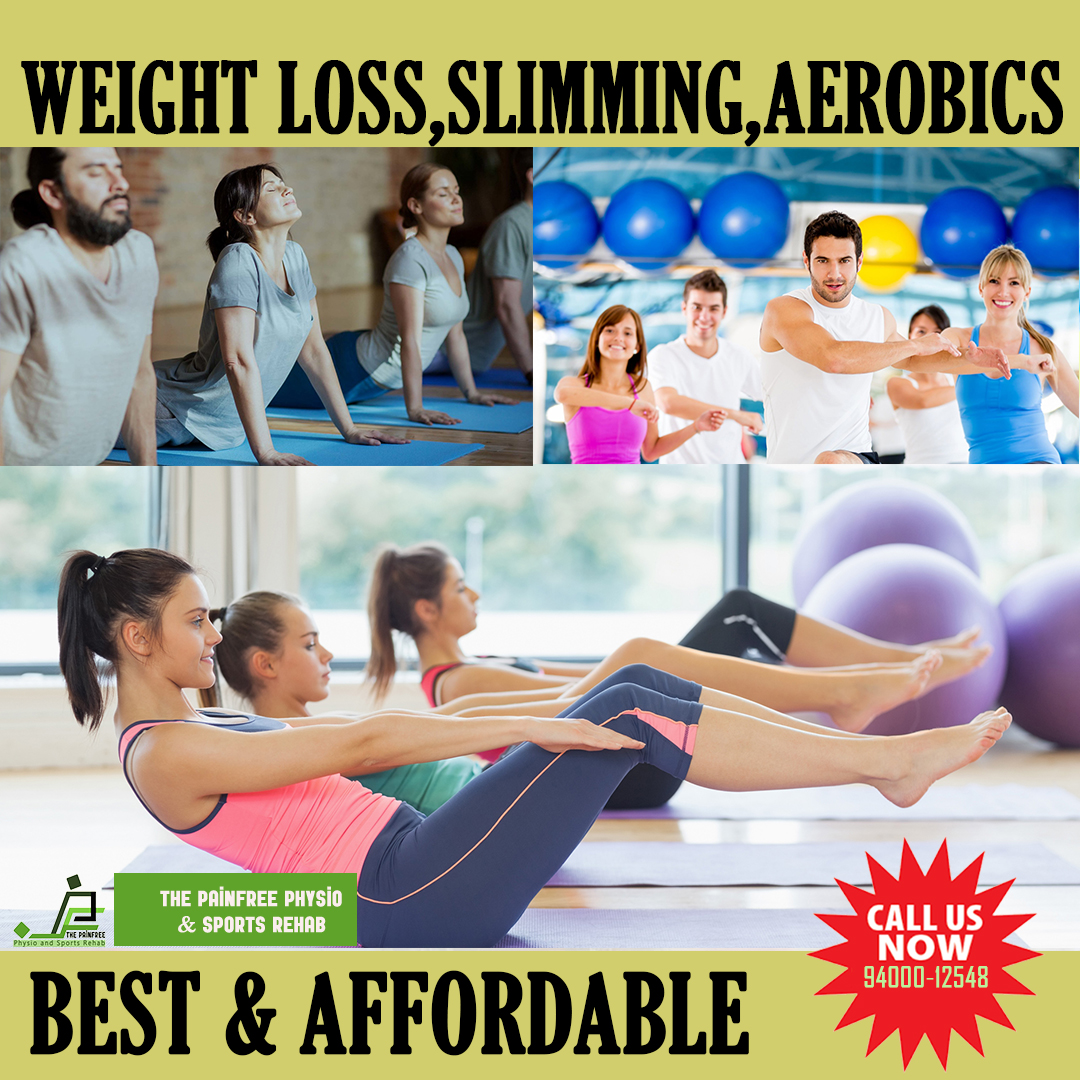

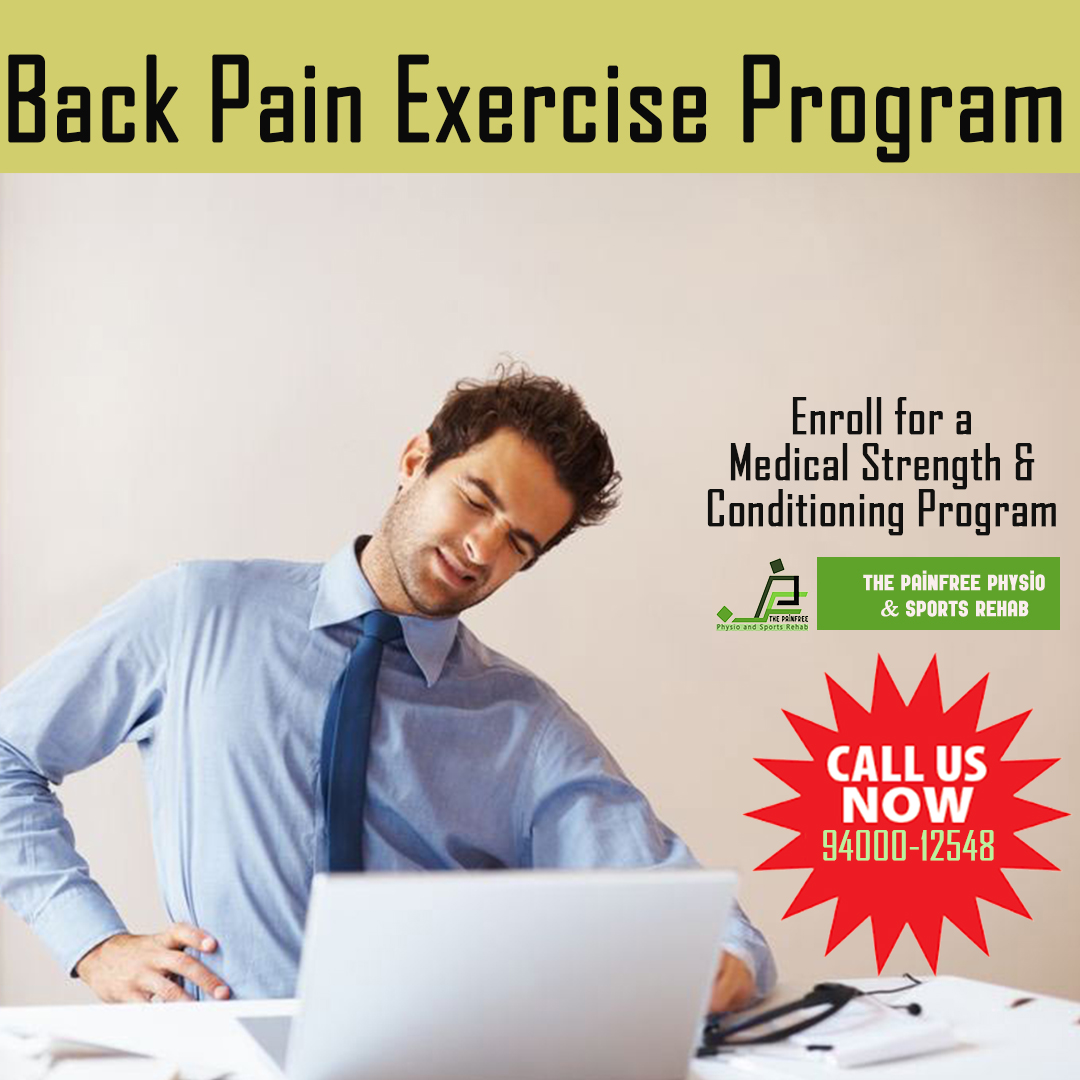
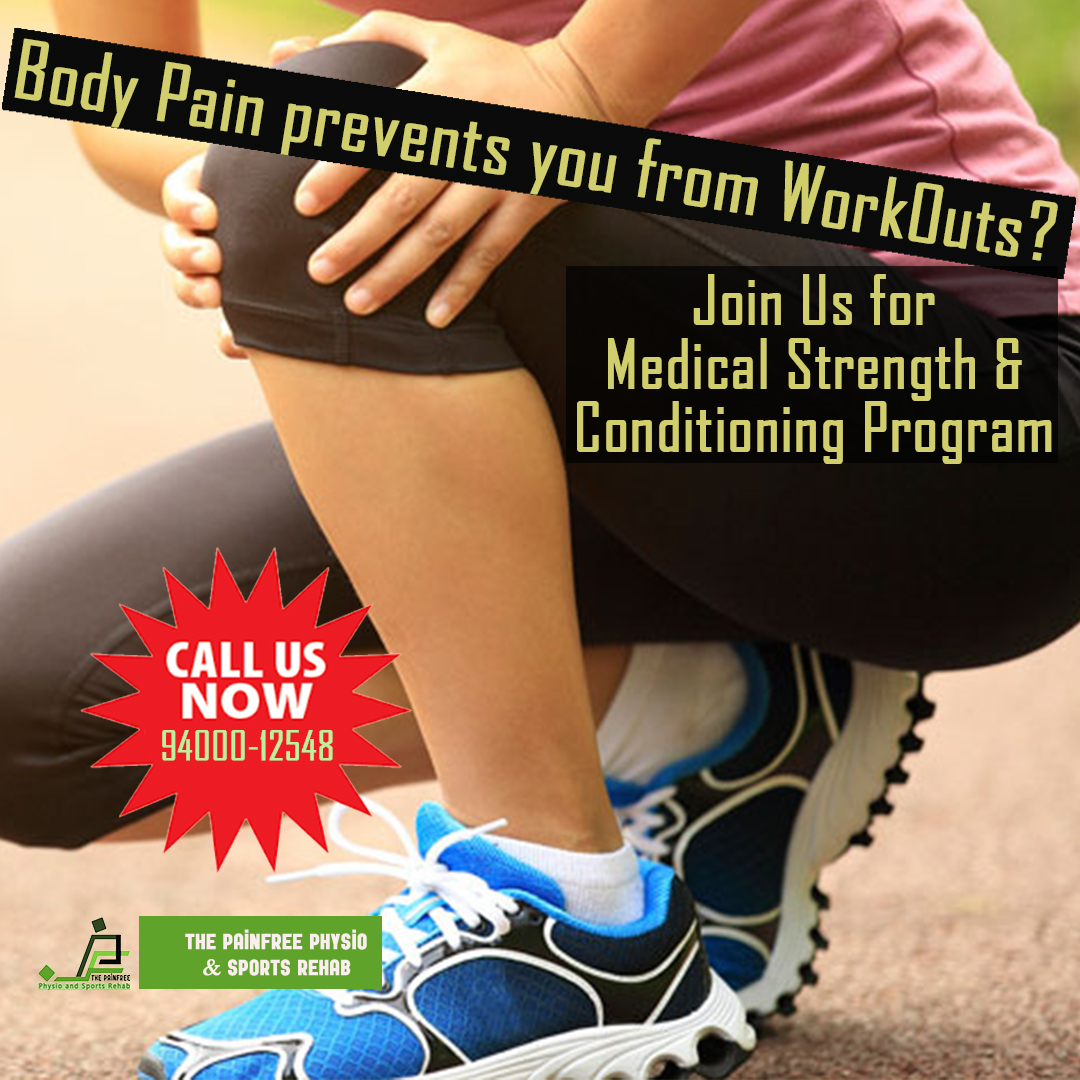
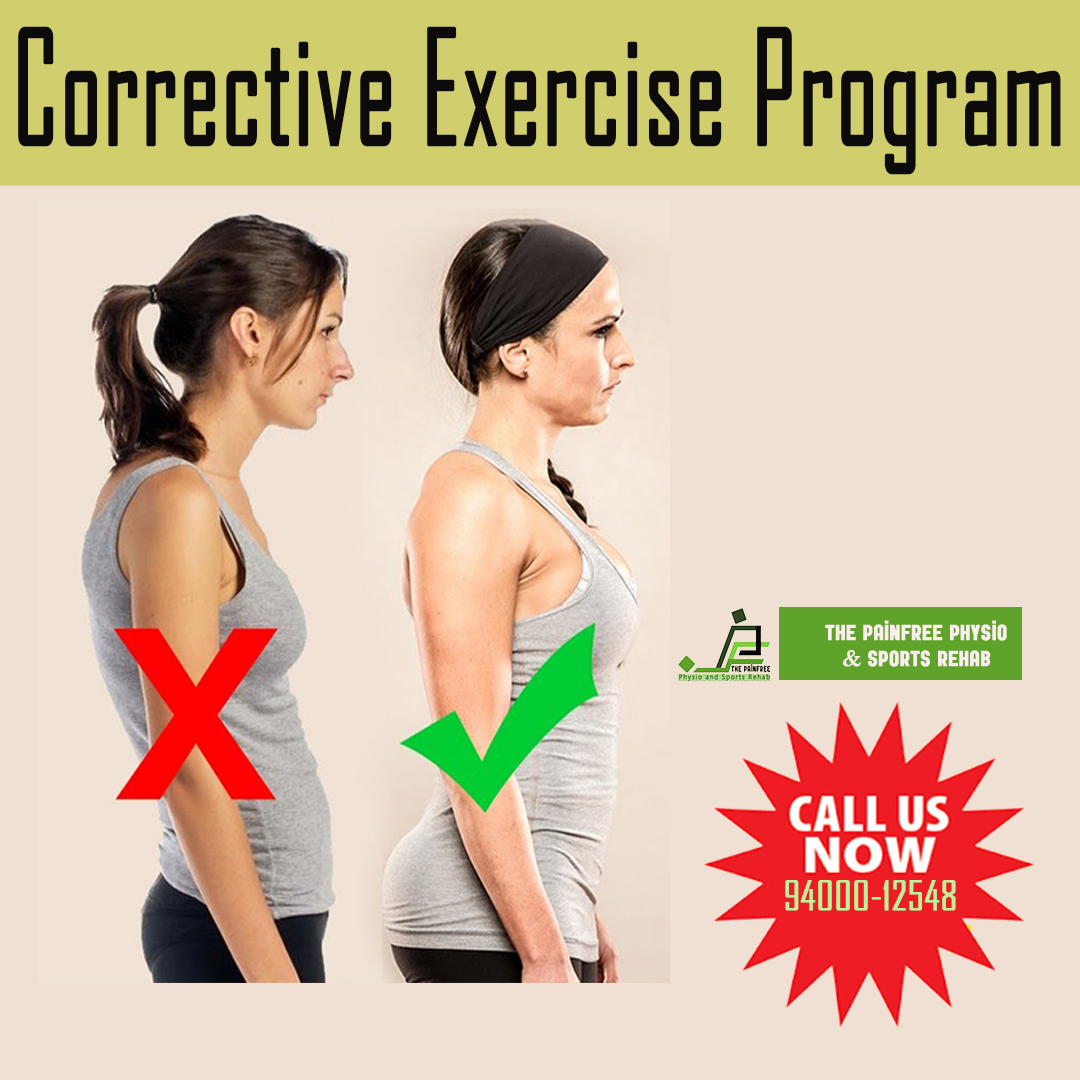
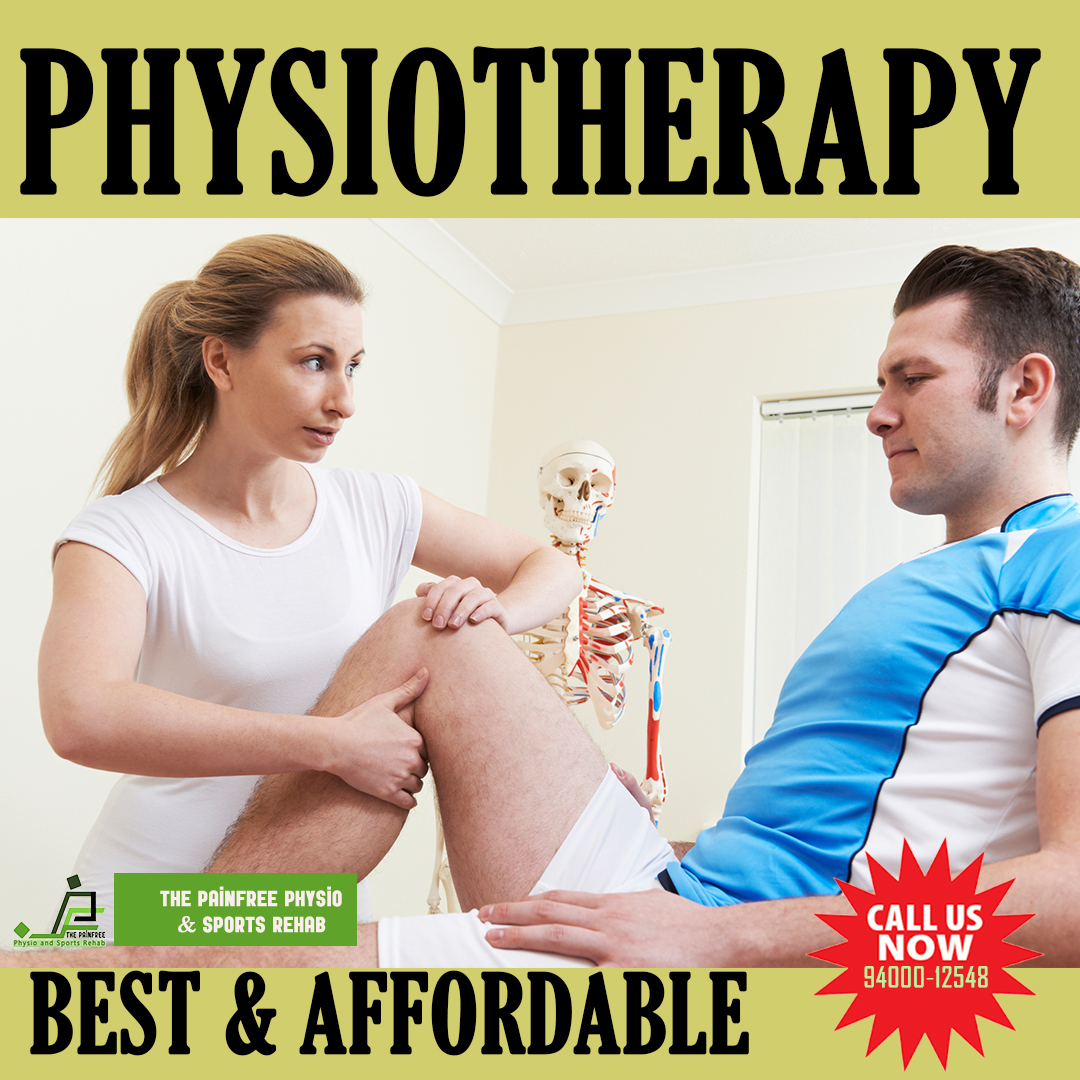

What is Aerobics
The beginning
It all starts with breathing. The average healthy adult inhales and exhales about 7 to 8 liters of air per minute. Once you fill your lungs, the oxygen in the air (air contains approximately 20% oxygen) is filtered through small branches of tubes (called bronchioles) until it reaches the alveoli. The alveoli are microscopic sacs where oxygen diffuses (enters) into the blood. From there, it’s a beeline direct to the heart.
Getting to the heart of it
The heart has four chambers that fill with blood and pump blood (two atria and two ventricles) and some very active coronary arteries. Because of all this action, the heart needs a fresh supply of oxygen, and as you just learned, the lungs provide it. Once the heart uses what it needs, it pumps the blood, the oxygen, and other nutrients out through the large left ventricle and through the circulatory system to all the organs, muscles, and tissues that need it.
A whole lot of pumping going on
Your heart beats approximately 60-80 times per minute at rest, 100,000 times a day, more than 30 million times per year, and about 2.5 billion times in a 70-year lifetime! Every beat of your heart sends a volume of blood (called stroke volume — more about that later), along with oxygen and many other life-sustaining nutrients, circulating through your body. The average healthy adult heart pumps about 5 liters of blood per minute.
Oxygen consumption and muscles
All that oxygen being pumped by the blood is important. You may be familiar with the term “oxygen consumption.” In science, it’s labeled VO2, or volume of oxygen consumed. It’s the amount of oxygen the muscles extract, or consume from the blood, and it’s expressed as ml/kg/minute (milliliters per kilogram of body weight). Muscles are like engines that run on fuel (just like an automobile that runs on fuel); only our muscles use fat and carbohydrates instead of gasoline. Oxygen is a key player because, once inside the muscle, it’s used to burn fat and carbohydrate for fuel to keep our engines running. The more efficient our muscles are at consuming oxygen, the more fuel we can burn, the more fit we are, and the longer we can exercise.
